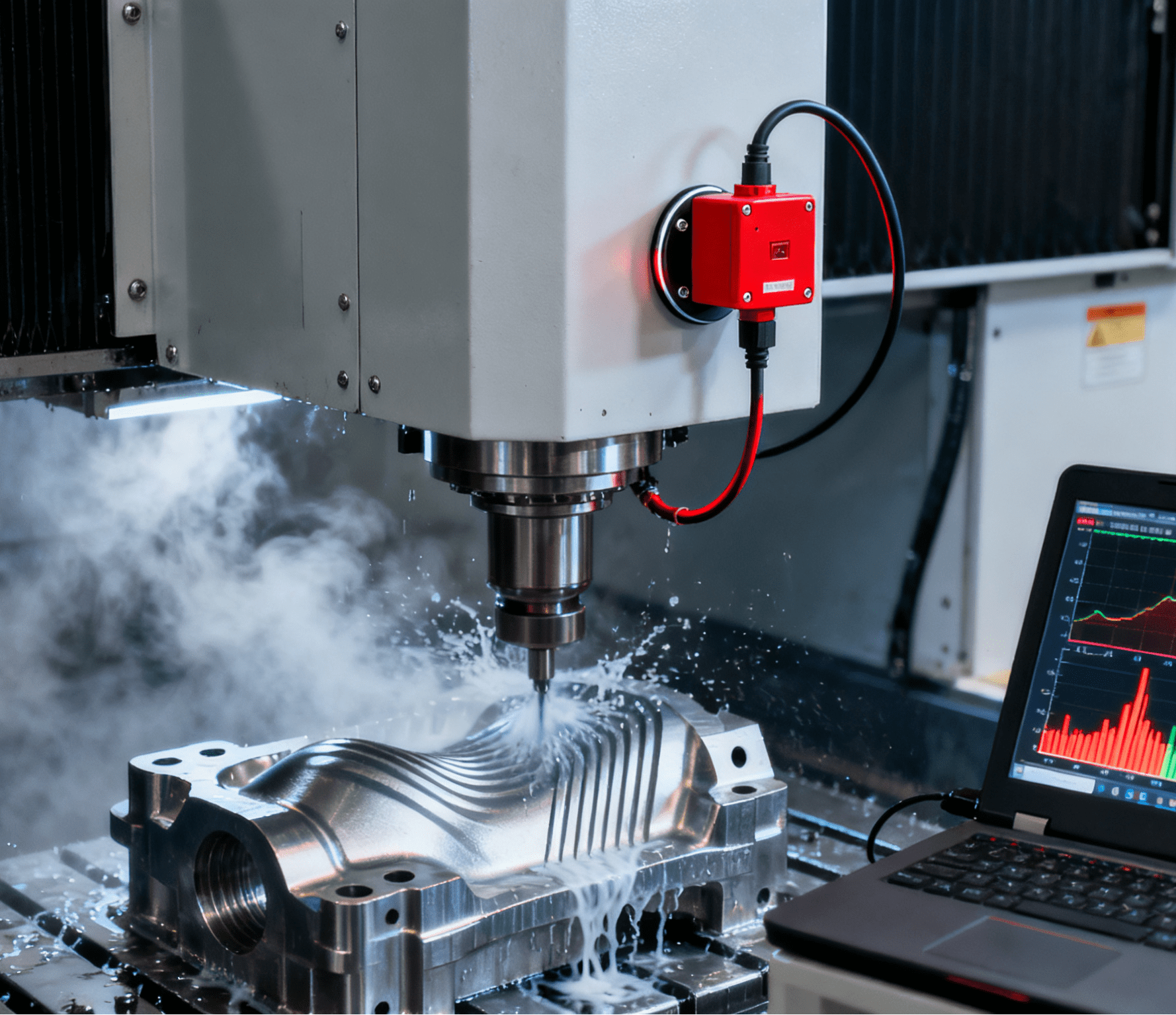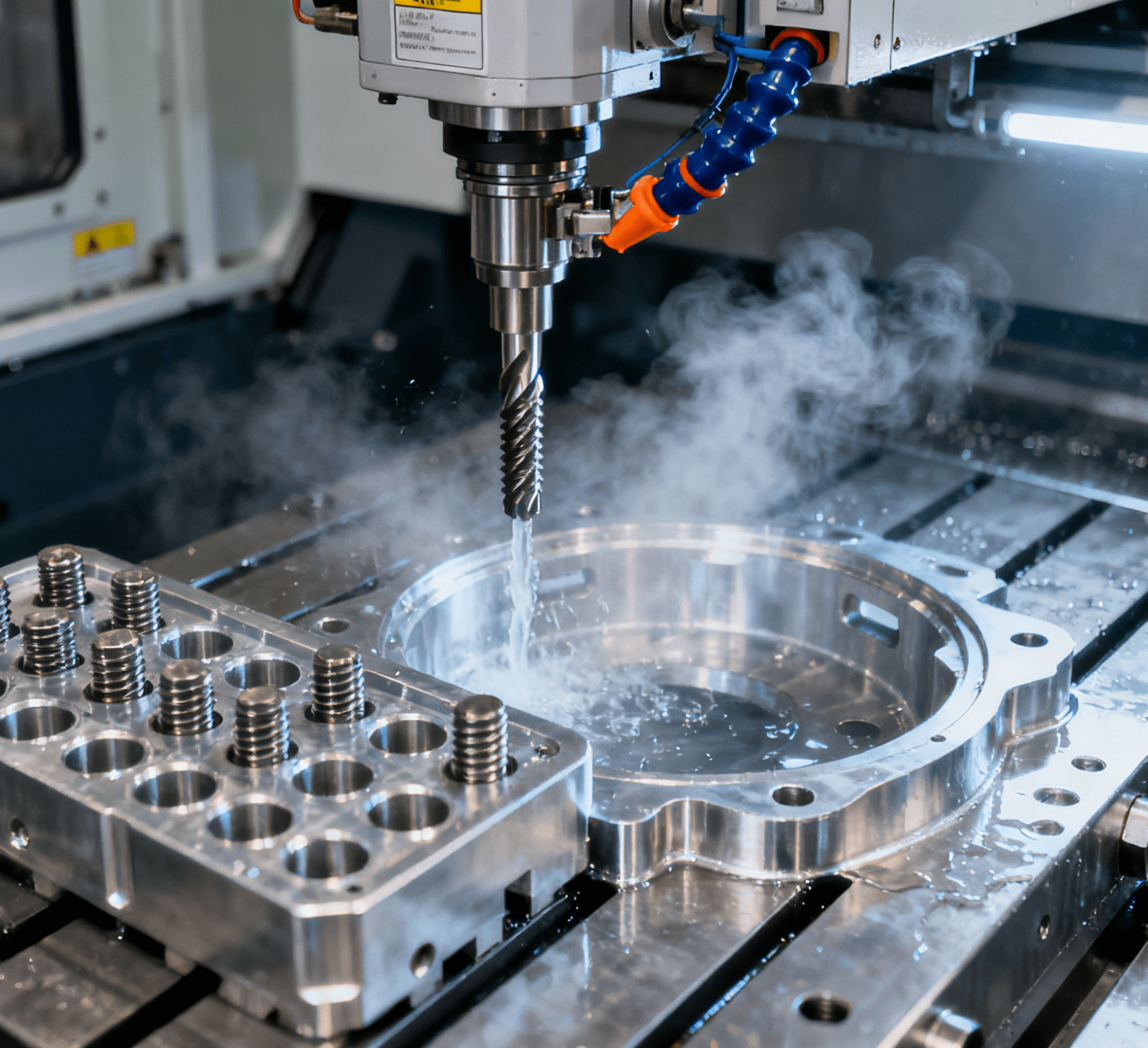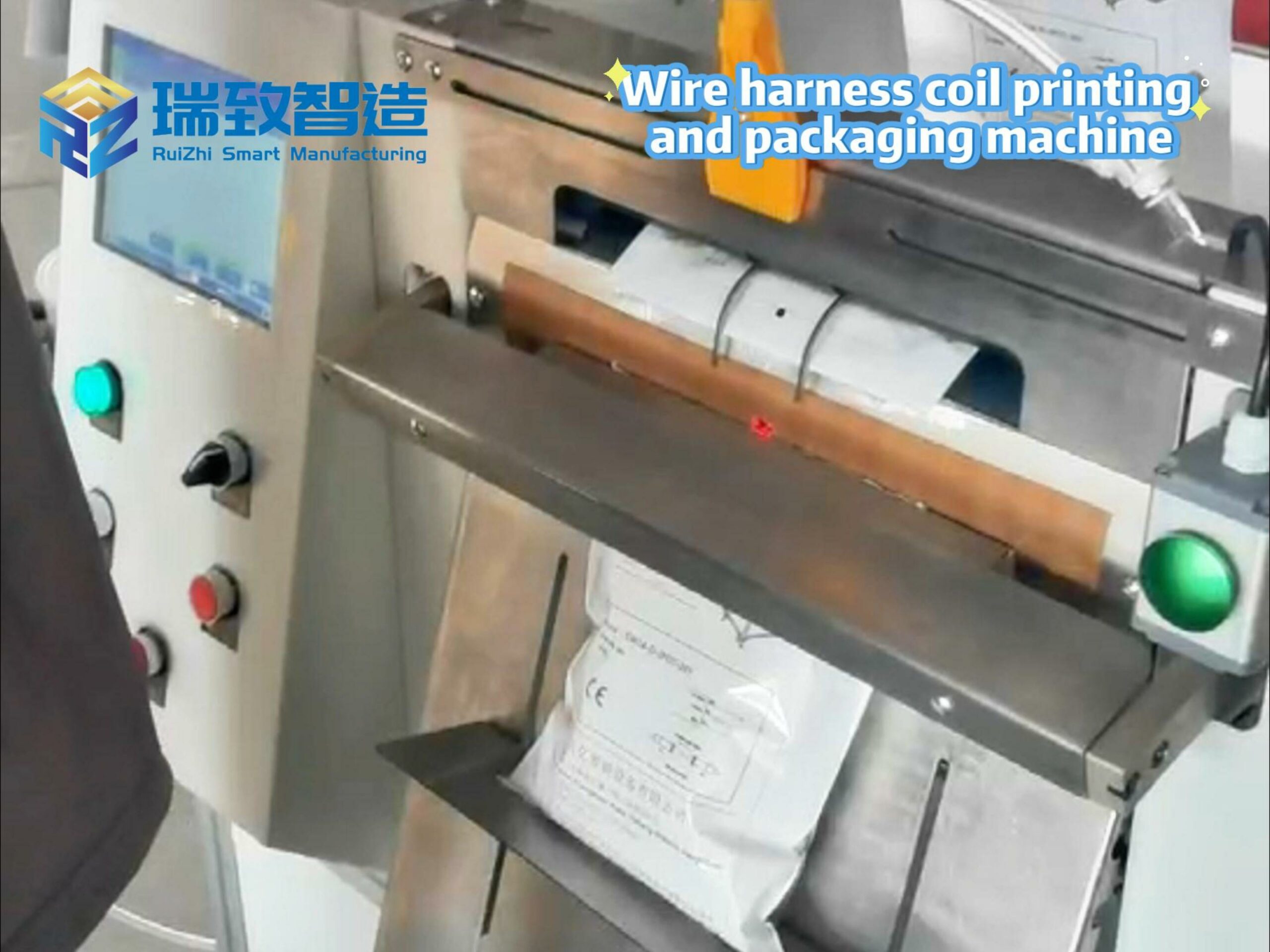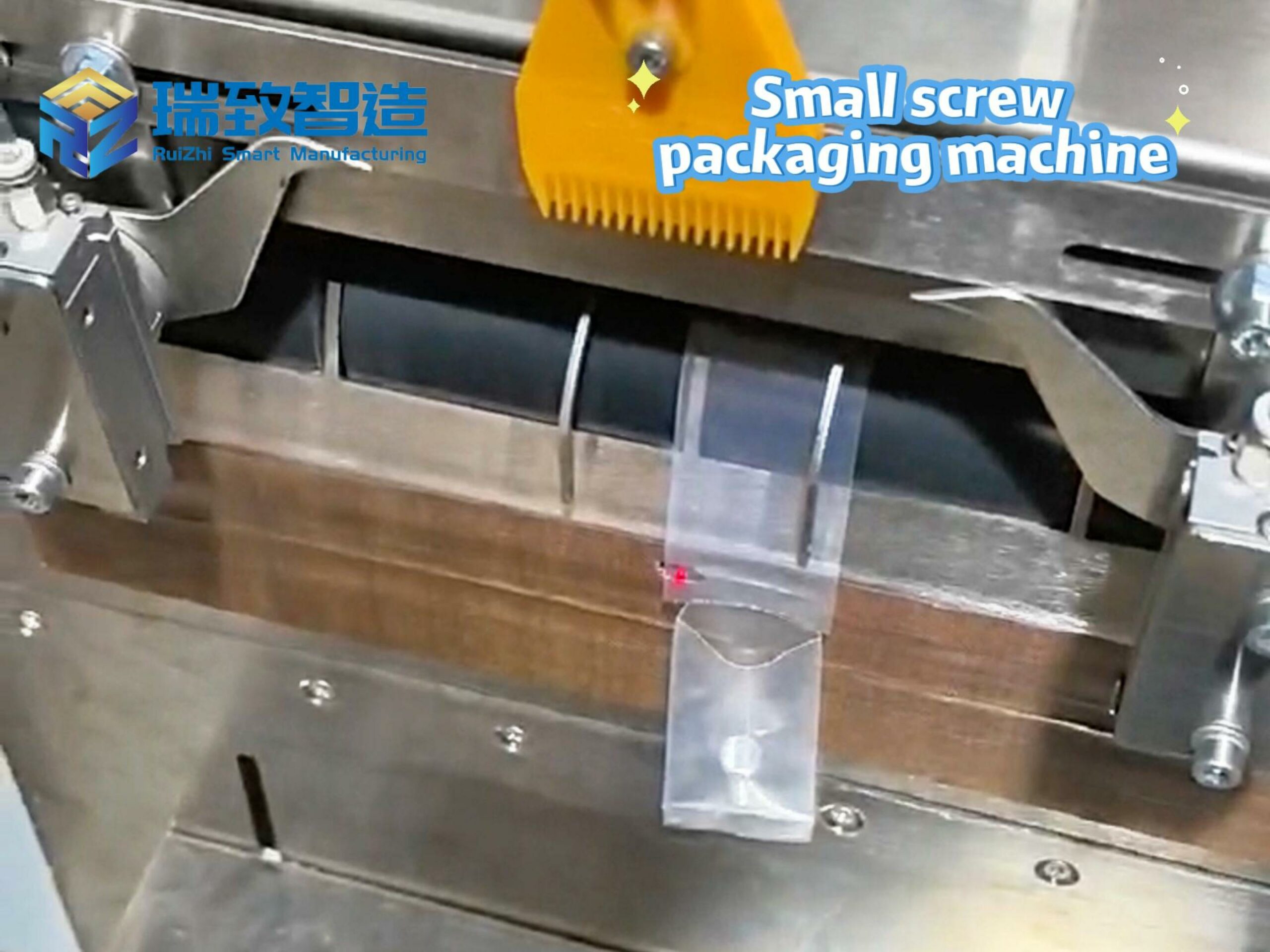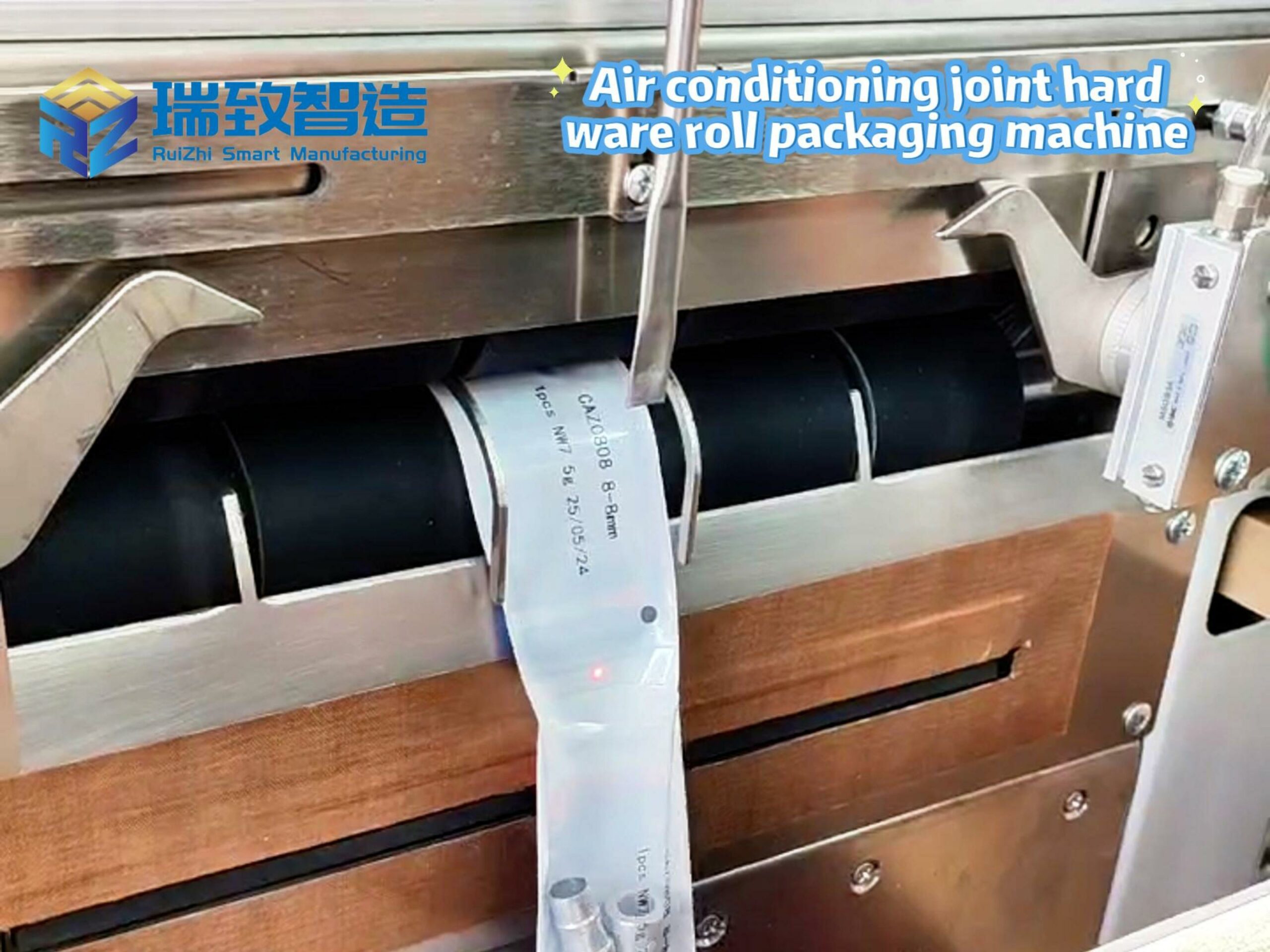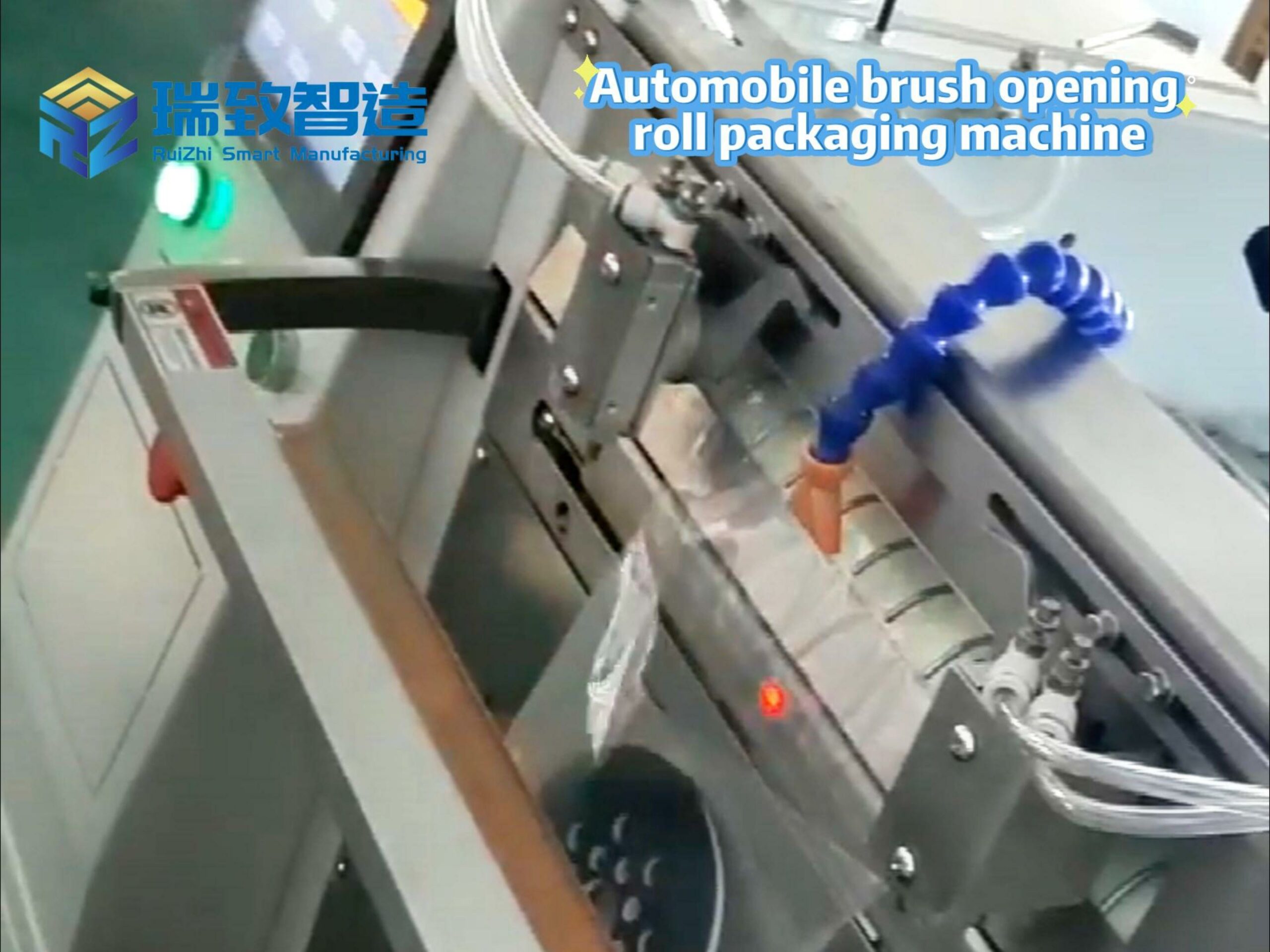Table of Contents
ToggleAutomatic Sorting and Packaging System: Revolutionizing Efficiency in Global Supply Chains
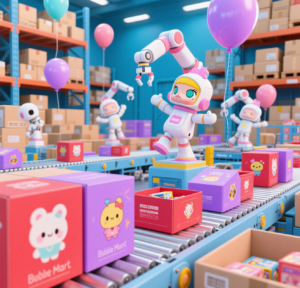
In an era defined by e-commerce dominance, personalized consumer demands, and the need for rapid order fulfillment, traditional sorting and packaging methods—reliant on manual labor, static conveyors, and rule-based systems—are struggling to keep pace. The Automatic Sorting and Packaging System (ASPS) emerges as a transformative solution, integrating advanced robotics, AI-driven vision, and adaptive automation to streamline the entire process: from sorting mixed SKUs at high speeds to packaging products with precision and care. Designed to handle everything from tiny electronics components to bulky consumer goods, this system eliminates bottlenecks, reduces errors, and enables businesses to thrive in the age of mass customization.
The Anatomy of a Smart Sorting & Packaging Ecosystem
A state-of-the-art ASPS is a fusion of hardware, software, and intelligent sensing, optimized for end-to-end supply chain efficiency:
1. Intelligent Sorting Modules: The Heart of Classification
High-speed sorting systems leverage a mix of technologies to handle diverse products:
- Cross-Belt Sorters: Transport items (100g–10kg) at speeds up to 2m/s, diverting them into designated chutes with 99.9% accuracy—ideal for e-commerce order sorting where each package may contain 1–50 different items.
- Robotic Picking Arms: 6-axis or delta robots equipped with adaptive grippers (vacuum, magnetic, or soft-grip) sort irregular items like clothing, toys, or fragile glassware, using 3D vision to identify optimal grip points and avoid damage.
- Weight & Dimension Scanning (DWS): Integrated sensors capture real-time data (weight, size, shape) to validate items and calculate packaging costs, critical for compliance with shipping carrier requirements (e.g., DHL, FedEx dimensional weight rules).
2. AI-Powered Vision & Recognition: Seeing Beyond Appearances
Deep learning algorithms and high-resolution cameras solve the chaos of mixed-item sorting:
- Multi-Item Detection: Identifies up to 100 items per second on a conveyor belt, even when stacked, overlapping, or tilted—essential for grocery distribution centers handling produce, cans, and boxes simultaneously.
- Barcode/QR Code Verification: Ensures each item is routed to the correct destination, with OCR technology reading damaged or poorly printed labels that traditional systems would miss.
- Defect Inspection: Scans for packaging flaws (torn boxes, dented cans, mislabeled bottles) in real time, rejecting faulty items before they reach customers and protecting brand reputation.
3. Adaptive Packaging Systems: Tailored for Every Product
From fragile electronics to odd-shaped industrial parts, the system adapts to packaging needs:
- Smart Box Erectors: Automatically selects the optimal box size (from 10cm³ to 1m³) using AI to minimize void space, reducing packaging material waste by 30% and shipping costs by 15%.
- Sealing & Labeling Robots: Applies tamper-evident seals, custom labels, or hazard warnings with millimeter precision, even on curved surfaces (e.g., cylindrical cosmetic bottles or automotive parts).
- Protective Insertion Tools: Places bubble wrap, foam inserts, or corner protectors around delicate items (e.g., smartphones, glassware) using force-sensitive grippers, ensuring zero damage during transit.
Applications: Transforming Industries, One Package at a Time
1. E-Commerce Fulfillment: Conquering Order Complexity
In a warehouse processing 50,000+ orders daily:
- The system sorts 5,000+ SKUs (from 5g jewelry to 20kg appliances) into shipping zones, using AI to group orders by delivery route and optimize truck loading sequences.
- For “kitting” orders (e.g., a customer buying a phone, charger, and case), robots pick all items from different storage locations and assemble them into a single package within 60 seconds—3x faster than manual pickers.
Case Study: A leading e-tailer reduced order fulfillment errors from 2% to 0.1% and cut packaging time by 40%, enabling same-day delivery for 70% of urban orders.
2. Food & Beverage: Safety, Speed, and Compliance
In a snack food factory packaging 100,000 bags daily:
- Metal detectors and X-ray scanners integrated into the system reject packages with foreign objects (e.g., metal shavings, broken seals), ensuring FDA/FSMA compliance.
- Robots handle delicate items like potato chips, using vacuum grippers with adjustable suction to prevent bag crushing, while vision systems verify expiration dates and batch codes.
3. Manufacturing & Logistics: Streamlining Parts Distribution
For an automotive parts supplier managing 10,000+ SKUs:
- The system sorts tiny screws (M1.6) and large engine components (50kg) into labeled trays, with RFID tags tracking each package’s location through the supply chain.
- Customized packaging modules apply anti-static film to electronic parts (e.g., ECUs) and rust-resistant coatings to metal components, ensuring product integrity during global shipping.
ASPS vs. Traditional Systems: A Performance Revolution
| Metric | Automatic Sorting & Packaging System | Manual/Conventional Automation |
| Sorting Speed (items/hour) | 50,000–150,000 (depending on item size) | 5,000–15,000 (operator-limited) |
| Sorting Accuracy | 99.9% (AI + vision-guided) | 95–98% (prone to human error) |
| SKU Flexibility | 10,000+ SKUs with no hardware changes | 100–500 SKUs (requires manual retooling) |
| Package Waste | 10–15% material usage (optimized sizing) | 30–40% (standard box sizes) |
| Labor Cost per Order | $0.20–$0.50 (robot-driven) | $1.50–$3.00 (manual labor) |
Technological Innovations Driving the Future
1. Machine Learning for Dynamic Optimization
AI algorithms analyze real-time data (order patterns, conveyor speeds, gripper performance) to:
- Predict Congestion: Adjust sorting routes milliseconds before bottlenecks form, improving system throughput by 20%.
- Self-Train on New Products: Automatically recognize and handle new SKUs (e.g., seasonal items, irregularly shaped gadgets) without human intervention, reducing onboarding time from days to hours.
2. IoT-Enabled Predictive Maintenance
Cloud-connected sensors monitor:
- Belt Wear: Alerts when conveyor belts show early signs of fraying, reducing unplanned downtime by 50%.
- Gripper Performance: Tracks suction pressure in vacuum grippers, triggering replacements before pick failures occur.
3. Collaborative Robots (Cobots) for Mixed Workflows
Safety-rated cobots work alongside human operators in shared zones:
- Complex Decision-Making: Humans handle ambiguous tasks (e.g., damaged item validation), while cobots perform repetitive sorting/packaging, boosting productivity by 30% in hybrid environments.
The Business Case: Why Automation is Non-Negotiable
1. ROI Through Speed and Scale
- Labor Savings: A single ASPS replaces 20–50 manual workers in large warehouses, with a typical payback period of 18–24 months in high-wage regions.
- Error Reduction: Fewer mispacked orders mean lower return costs (a $5–$50 savings per order, critical for profit margins in e-commerce).
2. Agility for the Age of Customization
- Mass Personalization Ready: Handles “batch size 1” orders (e.g., personalized cosmetics, custom-engraved gifts) with the same efficiency as bulk orders, enabling businesses to capitalize on trending consumer demands.
- Global Compliance: Built-in software ensures packaging meets regional regulations (e.g., EU packaging waste directives, Japanese label size requirements), eliminating costly export delays.
The Future of Supply Chains: Where Intelligence Meets Execution
As consumer expectations for speed, accuracy, and sustainability rise, the Automatic Sorting and Packaging System stands as a cornerstone of modern supply chain innovation. By merging the brute efficiency of automation with the cognitive power of AI, it transforms the chaotic process of sorting and packaging into a model of precision and adaptability. Whether in a massive e-commerce fulfillment center or a niche manufacturing facility, this technology proves that in the era of Industry 4.0, the ability to sort, package, and deliver with intelligence is not just a competitive advantage—it’s the key to surviving and thriving in a globalized world.
#Automatic Sorting System #Smart Packaging Automation #Efficient Warehouse Solutions

